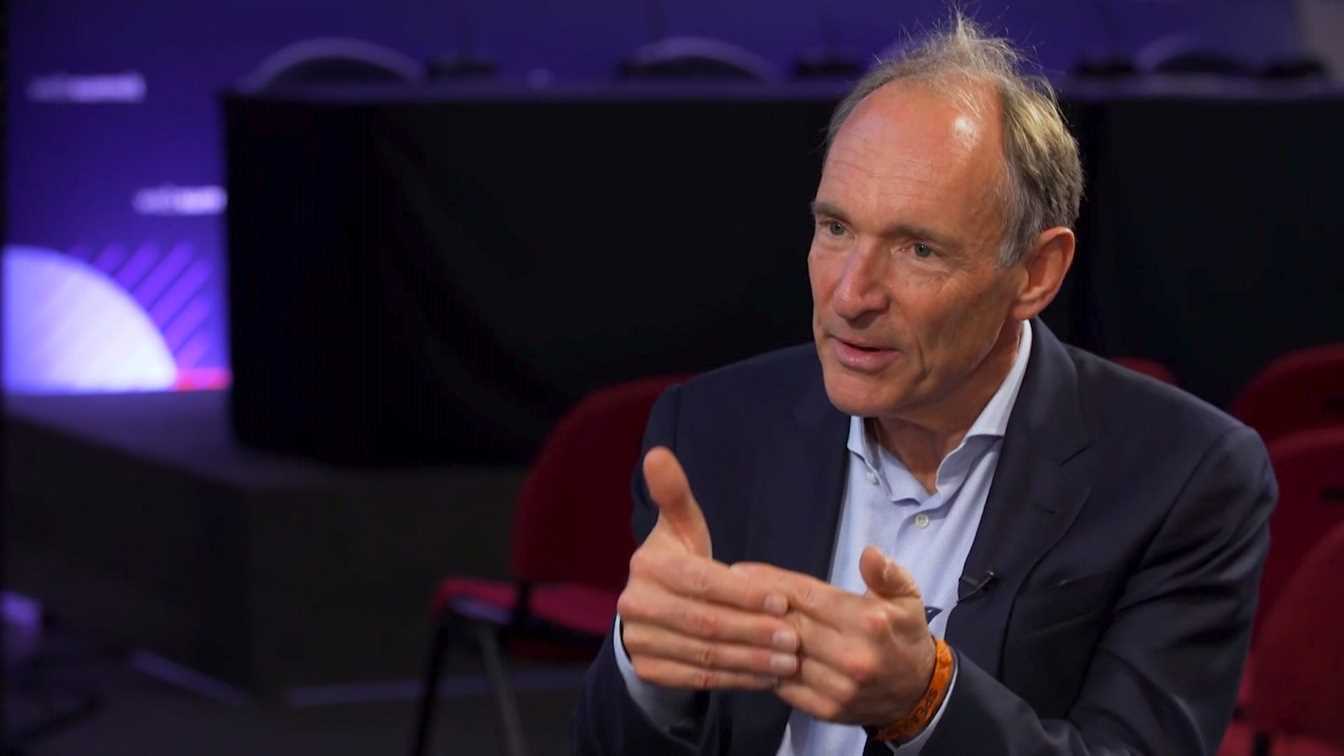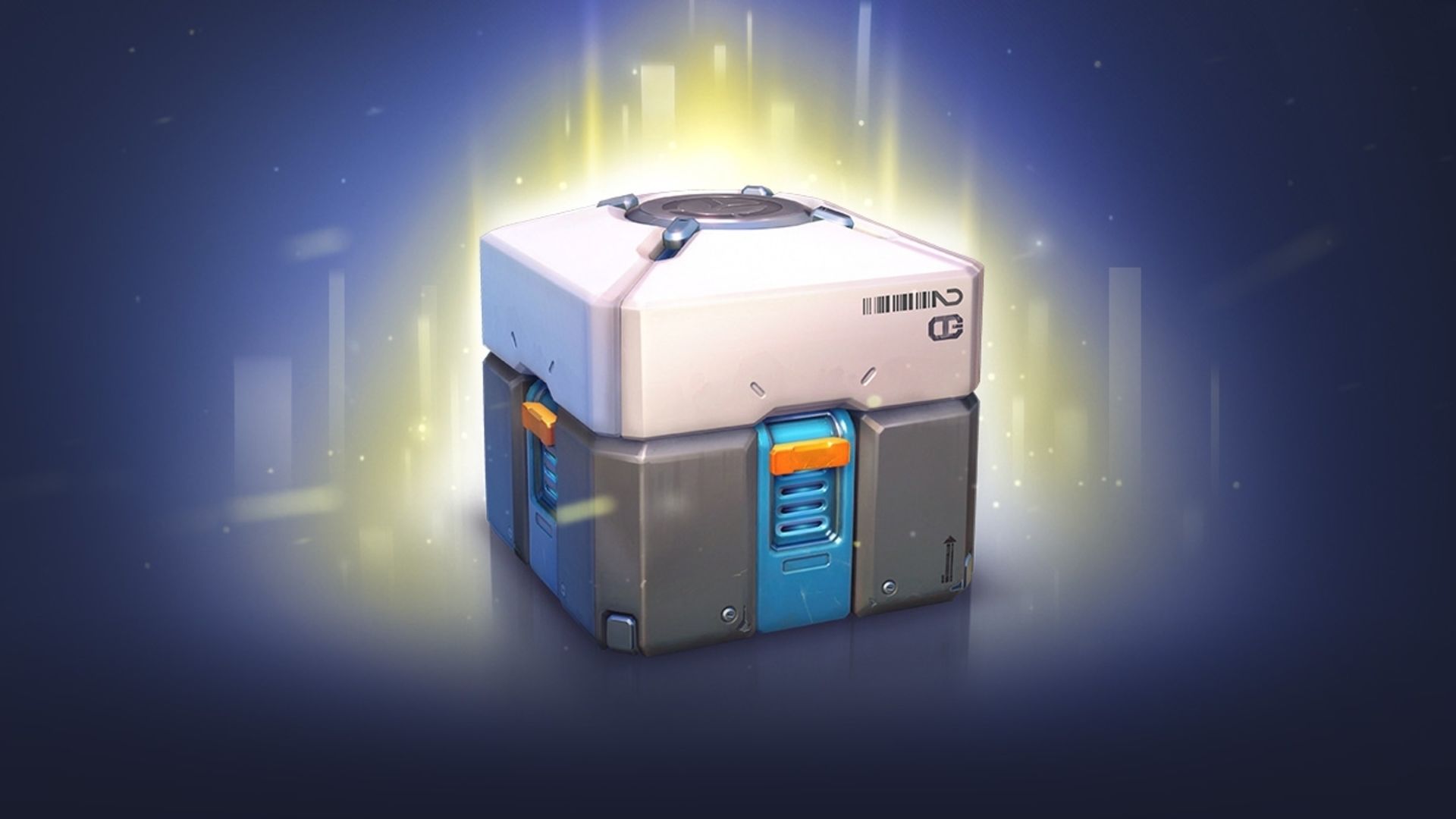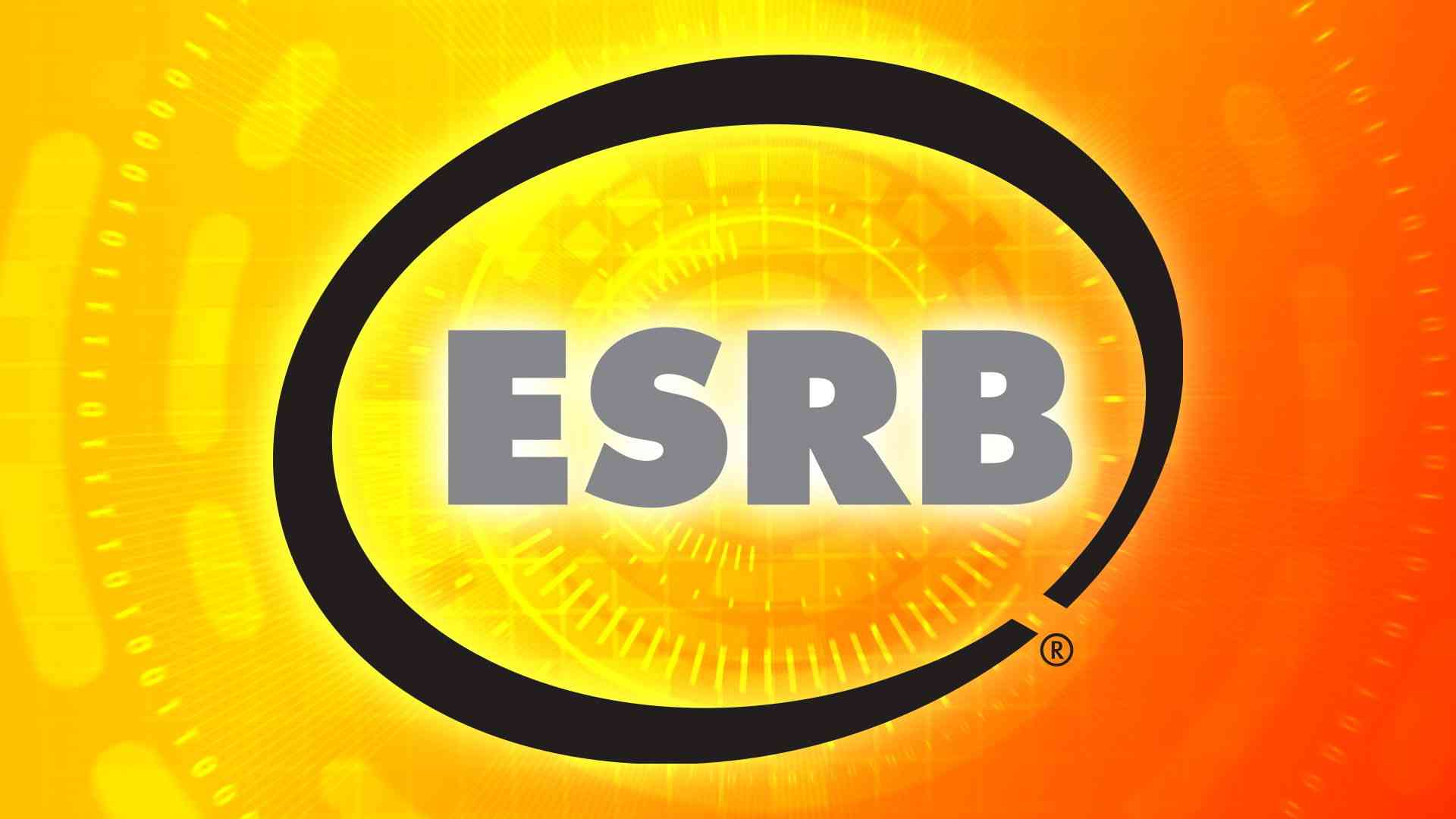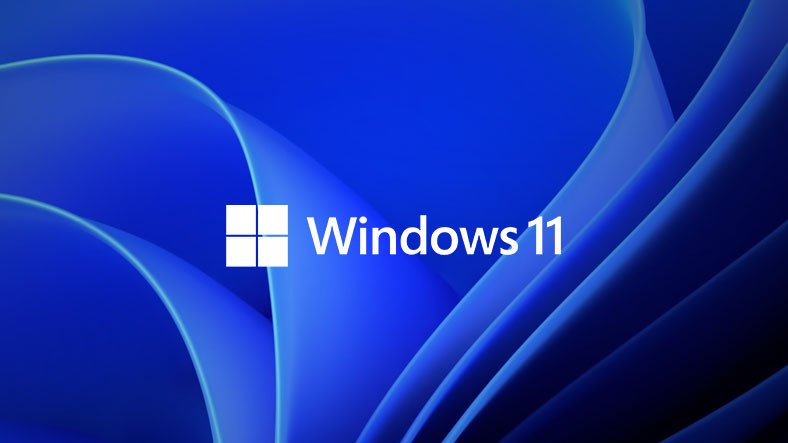World Wide Web is 30 years old, so what’s next for WWW?

Approximately 30 years ago, in a French-Swiss border town Cern, Tim Berners-Lee delivered a set of papers to his boss. On the papers, it’s written ”Information Management: Proposal” on it. The document was suggesting a system that provides scientists to share information about tests, investigations and inventions inside the research institute. This system called ”Mesh” and built to compose human-readable data. And store the information on different linked servers and make them accessible to researchers. After studying the documents, Tim Berners-Lee’s boss labelled it as ”a little vague but a promising project…”, and took no step to put it into practice. One year later of this conversation, in 1990, Berners-Lee decided to write the codes of his own project. And named it the World Wide Web.
Today, this term became a major part of our lives and nearly half of the world’s population is using the system Tim Berners-Lee created. Further, it grew into something more than a system and turned into a common ground, an office, a bank, a cinema, a communication device, and the house of limitless information. With every single website added to this network, it grew bigger and larger than a project to share information for the scientists of the Cern research facility.
The 30th birthday of the World Wide Web has celebrated with a letter by WebFoundation and the creator of the WWW, Tim Berners-Lee. He addressed the web users and discussed how this project evolved in thirty years. And what can be done to make it a safer ground for users and improve data privacy? It is pretty obvious the World Wide Web made our lives easier. Yet, it also contributed to the people who share hatred through social media. Or scammers to steal valuable information from users. Berners-Lee categorized the current threats against the web in three parts.
World Wide Web is 30 years old
Firstly, deliberate and malicious activities on the web, illegal intentions of users or online provocative actions. Lee said it is almost impossible to completely eliminate the web users who have this kind of purposes. But minimizing the damage cost by them could be implemented through some codes and laws. Like the laws to solve real-life matters, we have in our societies.
Secondly, a system design that generates perverse motivations. For example ad-based revenue models or click-bait commercials that sacrifices valuable user information. And the spread of false news through the web. These kinds of threats need system redesign and encouragement of a new model.
Thirdly, Tim Berners-Lee underlined the danger of unintended negative consequences. Which can be aggressive and polarized discourse or the general quality of social interactions between users. This category needs some researches to understand the main roots of the problem and taking actions.
“Contract for the Web” Project
In the lights of these events, WebFoundation and the creator Tim Berners-Lee got into contact with governments, international law institutions and web users. The aim is to build ”Contract for the Web” project. The purpose is simple: to create common laws, norms and articles about the usage of the World Wide Web under the light of Universal Declaration of Human Rights. These project simply asks governments and legal institutions to transform their laws to the 21st century and to the ”web age”. Thus it will minimize the threat and damage caused by the three categories mentioned in the previous section.
On the other hand, this movement needs a collective action plan and cooperative work of citizens, governments and companies. The contract for the Web is an important project to change the concept of the web we know today, but will it have enough support to become fully active? Only time will tell us what lies next for the World Wide Web.
Technology develops unbelievably fast. As we are talking about the world wide web, there are great projects like Neuralink is developing now. Scientists planning to implement chips into human brains. So, if you want to learn more about this subject, you can check our Neuralink article.




